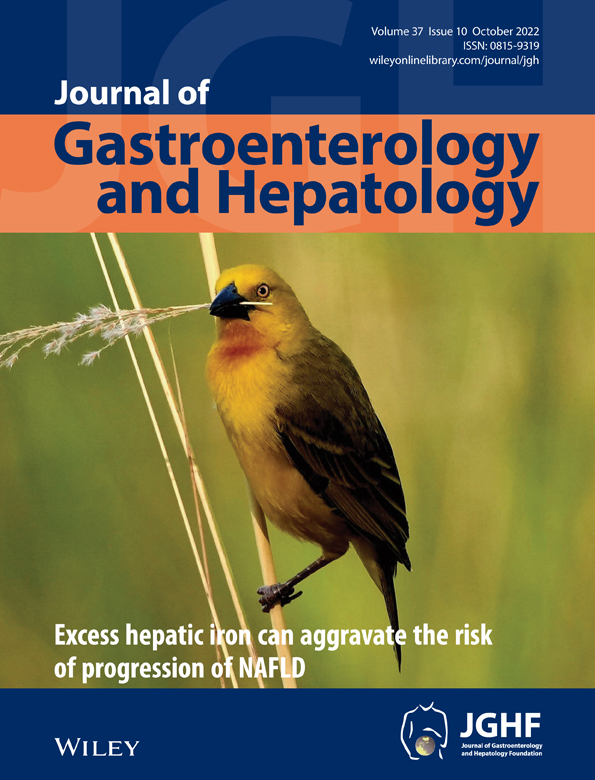Diagnostic value of endoscopic ultrasound-guided fine needle aspiration with rapid on-site evaluation performed by endoscopists in solid pancreatic lesions: A prospective, randomized controlled trial
Declaration of conflict of interest: The author have no conflicts of interest to declare.
Author contribution: Conception and design: YL, X-P Z, and LW. Analysis and interpretation of the data: SZ, N-M H, and PW). Drafting of the article: M-H N. Critical revision of the article for important intellectual content: J-Y Z, QS, and G-F X. All of the authors had access to the study data and reviewed and approved the final manuscript.
Ethical approval: This study was approved by the Institutional Review Board (IRB number: 2018-077-01) of Nanjing Drum Tower Hospital and was registered at chictr.org on 07/10/2018 (registration number: ChiCTR1800017047).
Abstract
Background and Aim
Endoscopic ultrasound-guided fine needle aspiration (EUS-FNA) is the most established diagnostic method for pancreatic tissue. Rapid on-site evaluation by a trained endoscopist (self-ROSE) can improve the diagnostic accuracy. This research is aimed to analyze the application value of self-ROSE for EUS-FNA in solid pancreatic lesions.
Methods
A total of 194 consecutive patients with solid pancreatic lesions in Nanjing Drum Tower Hospital were randomized in a 1:1 ratio to EUS-FNA with or without self-ROSE in this single-center randomized controlled trial. Before initiating self-ROSE, the endoscopist underwent training for pancreatic cytologic sample adequacy assessment and cytopathological diagnosis of EUS-FNA in pathology department for 1 month. Some parts of the slides of EUS-FNA were air dried, stained on-site with BASO Liu's reagent, and on-site evaluated in self-ROSE group. Between the two groups, the diagnostic performance of EUS-FNA was analyzed, including sensitivity, specificity, positive predictive value, negative predictive value, and accuracy, with a comparison of the number of needle passes and the complication rates.
Results
The accuracy, sensitivity, specificity, positive predictive value, and negative predictive value were 94.8%, 94.4%, 100%, 100%, and 58.3% in the self-ROSE group, respectively, and 70.1%, 65.1%, 100%, 100%, and 32.6% in the non-self-ROSE group. The diagnostic accuracy (P < 0.001) and sensitivity (P < 0.001) were both significantly increased during EUS-FNA in the self-ROSE group compared to the non-self-ROSE group. The rate of cytologic sample adequacy was 100% in self-ROSE group and 80.4% in non-self-ROSE group. The number of passes were 3.38 ± 1.00 in self-ROSE group and 3.22 ± 0.89 in non-self-ROSE group (P = 0.228). No complications were found in both. There was acceptable consistency between endoscopist and pathologist in the cytopathological diagnosis (kappa = 0.666, P < 0.05) and in the sample adequacy rate (kappa = 1.000, P < 0.001).
Conclusion
Our results demonstrated that self-ROSE is valuable for EUS-FNA in the diagnosis of solid pancreatic lesions and is an important choice to routinely increase the accuracy of EUS-FNA in centers without ROSE assessment.




